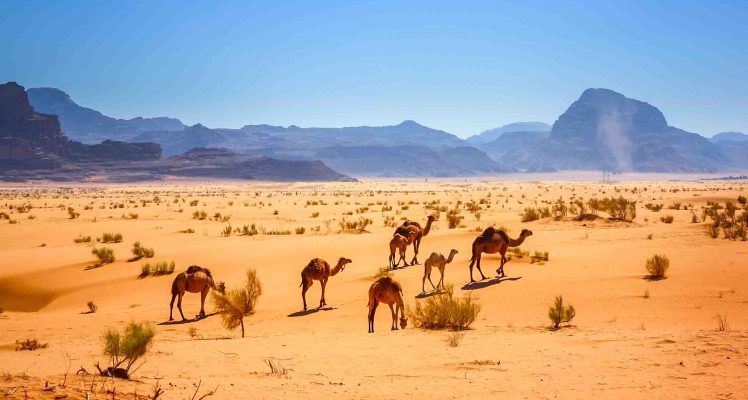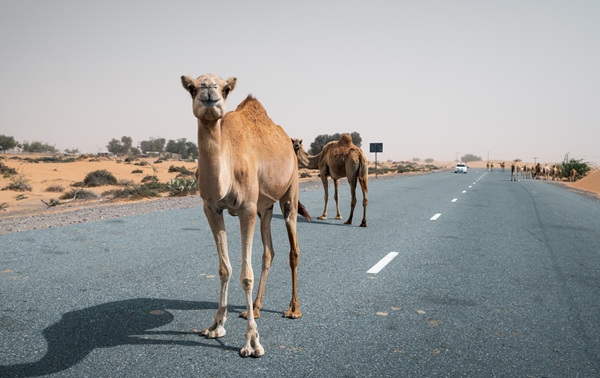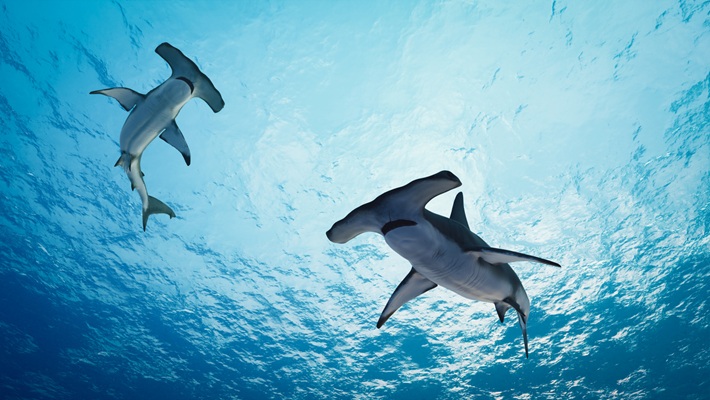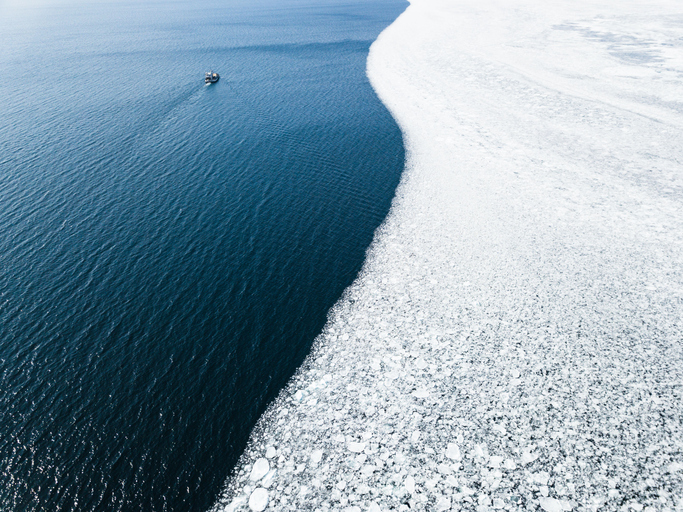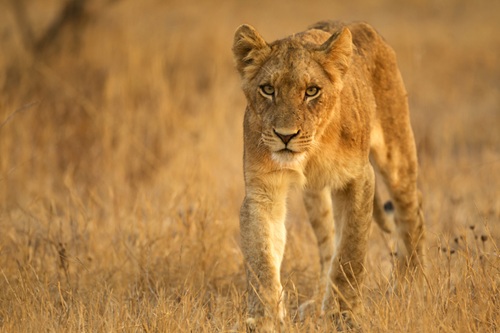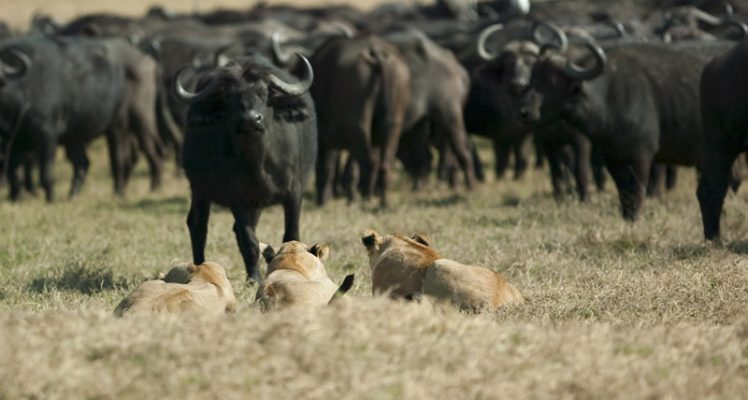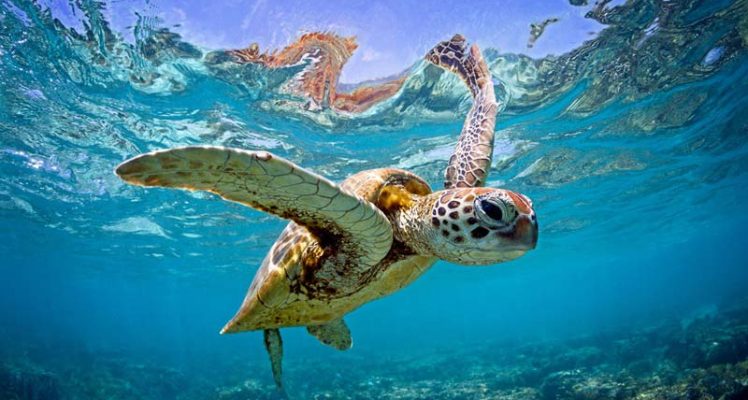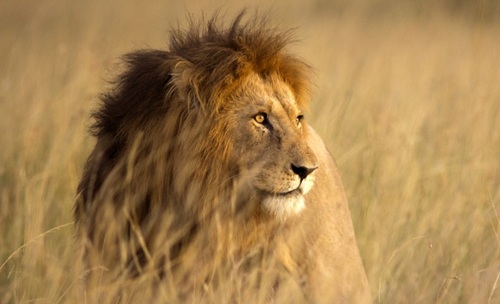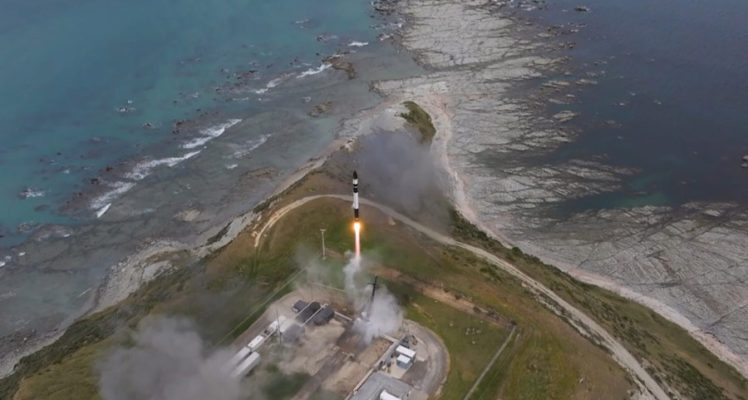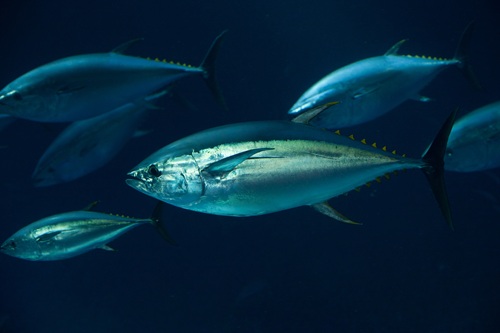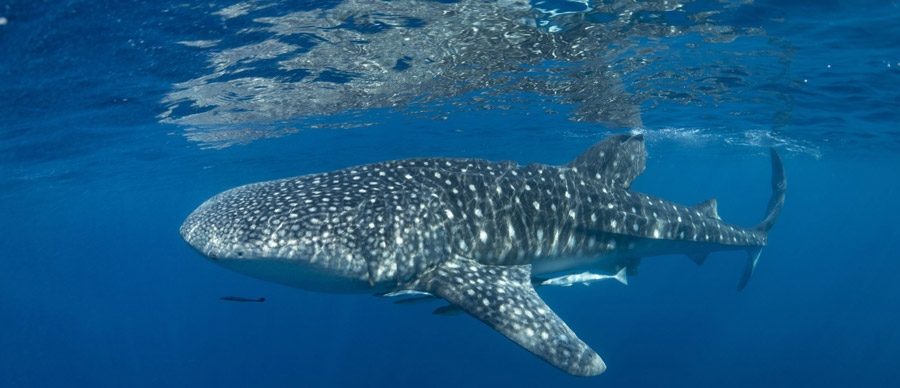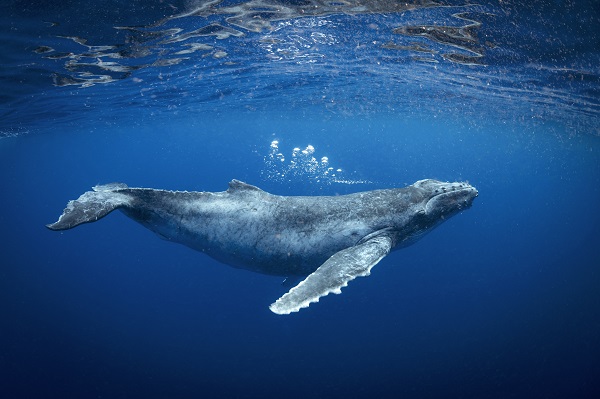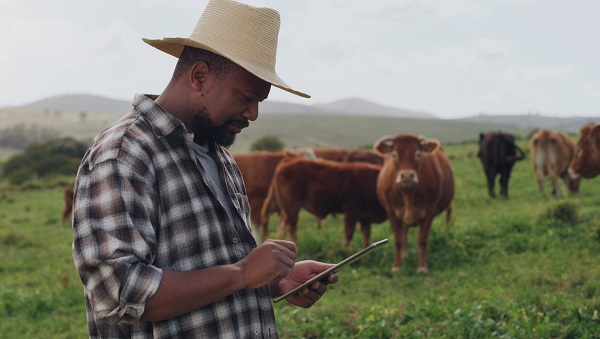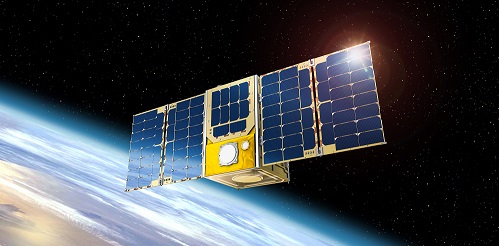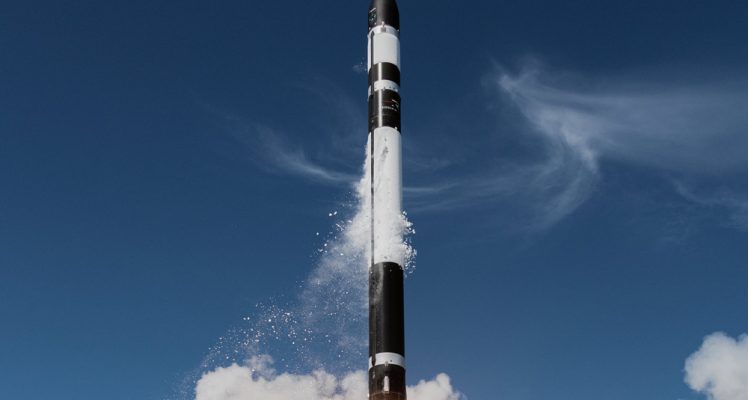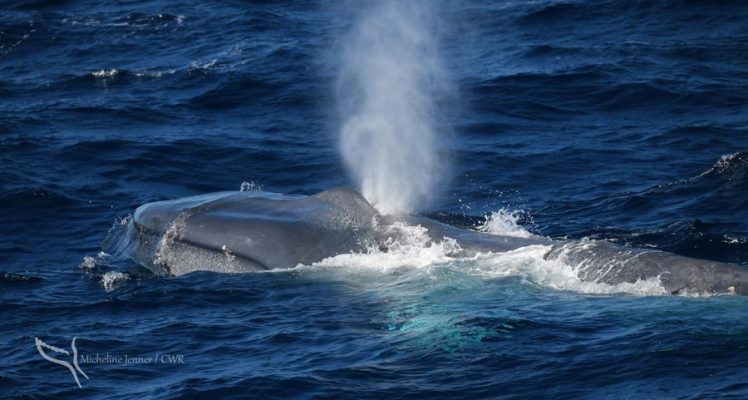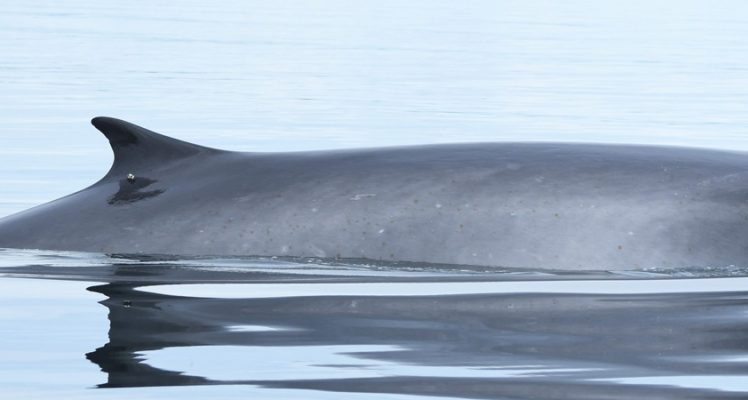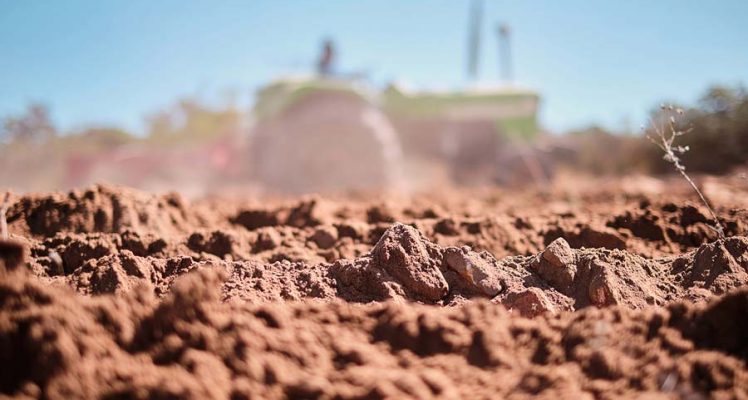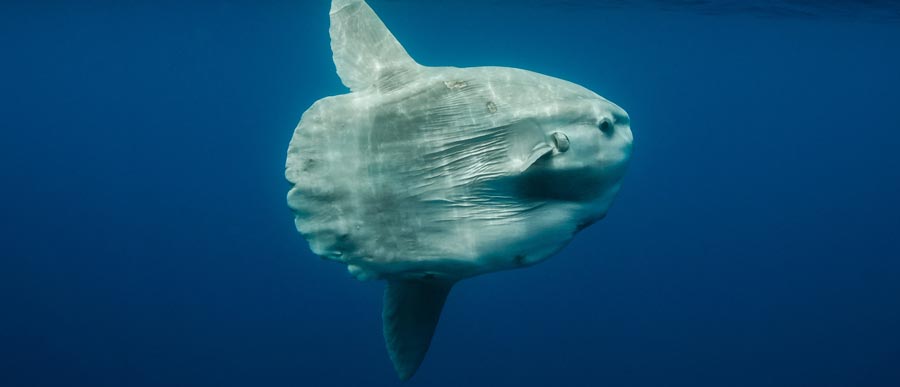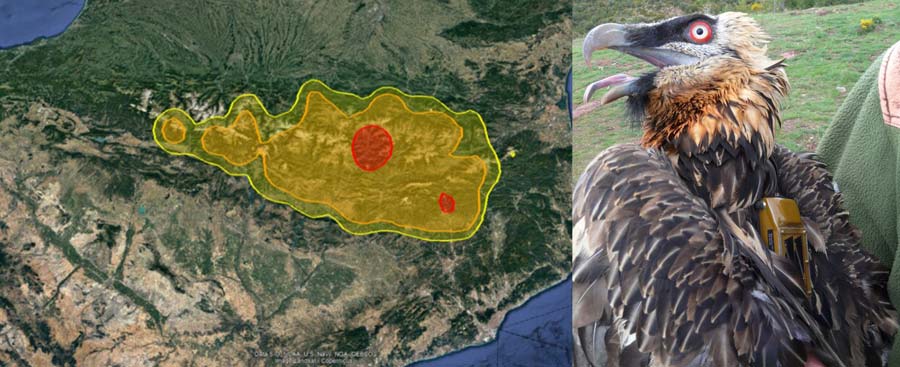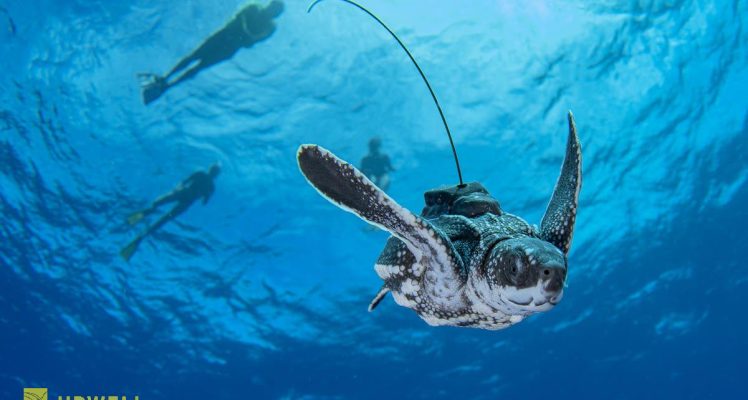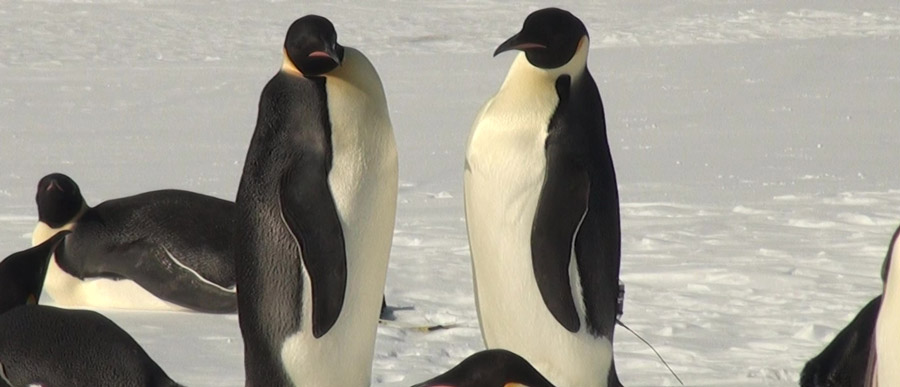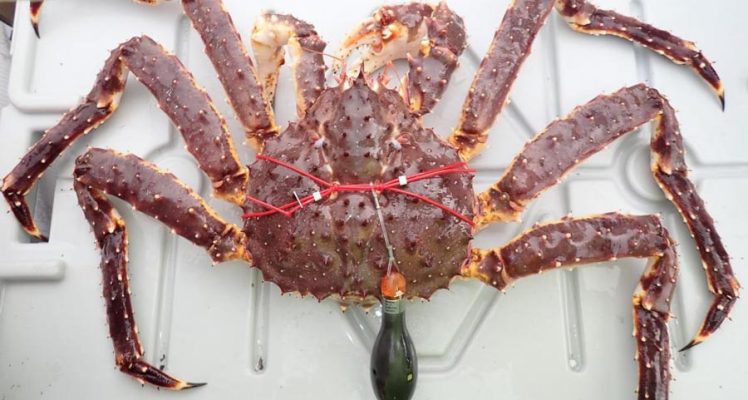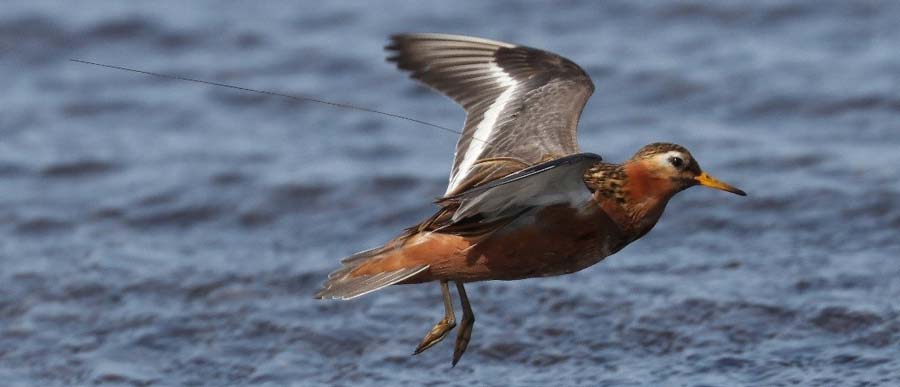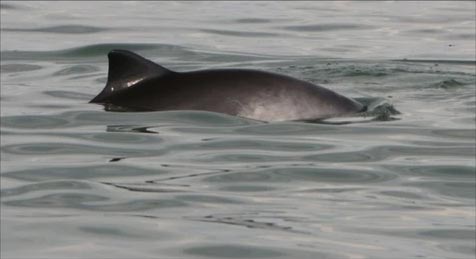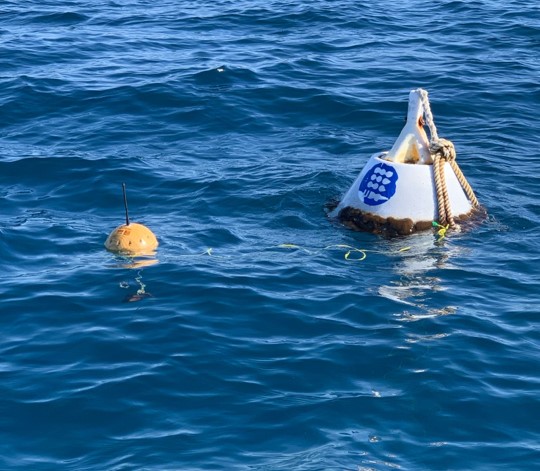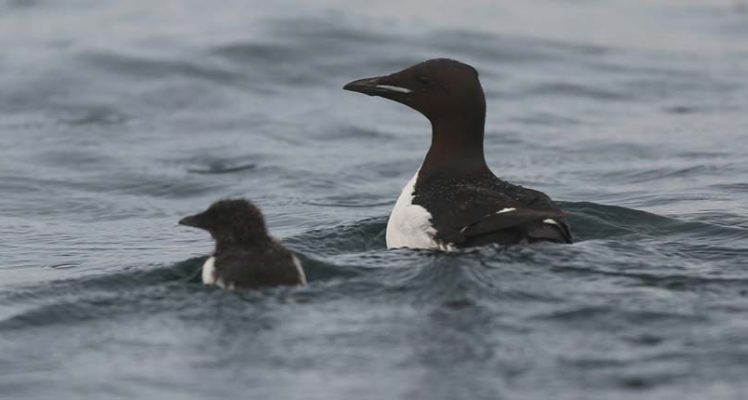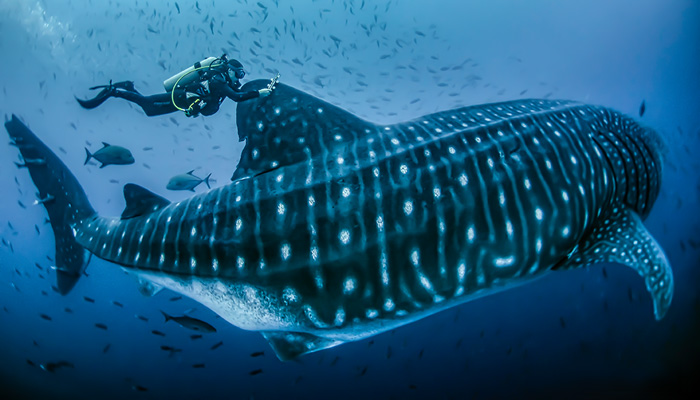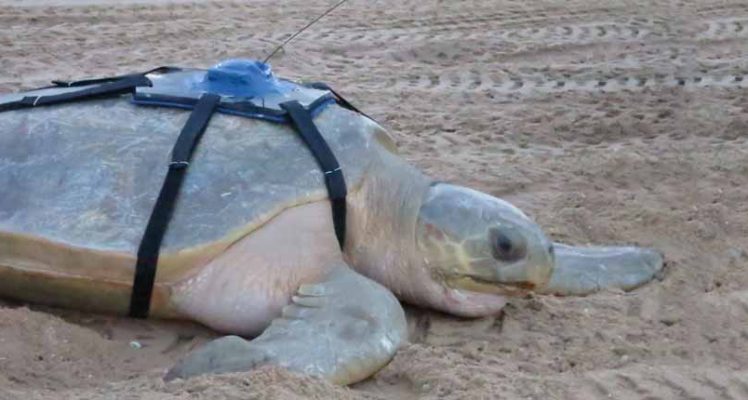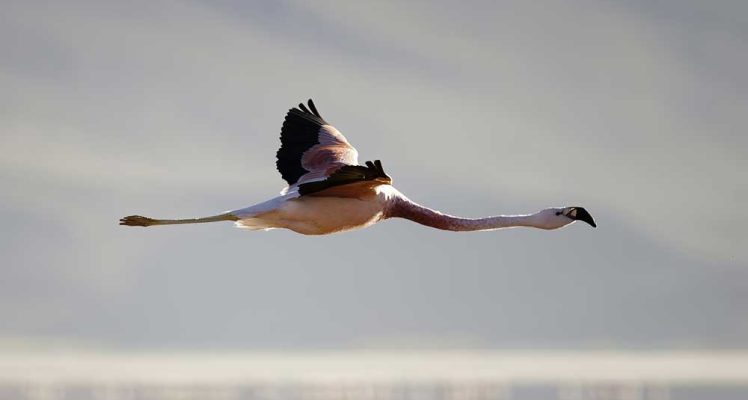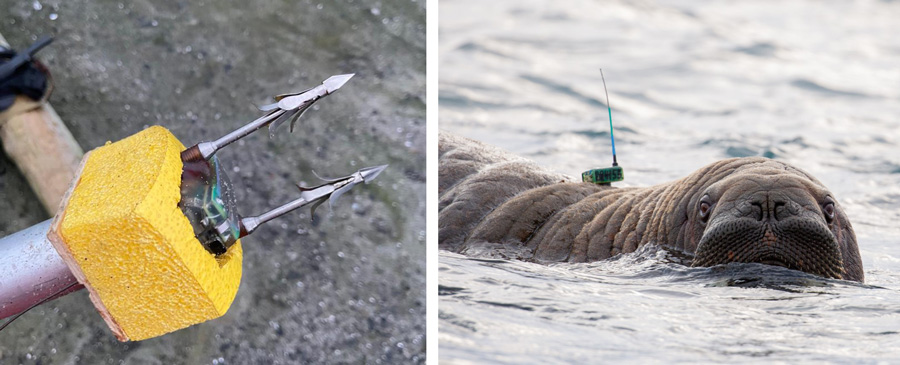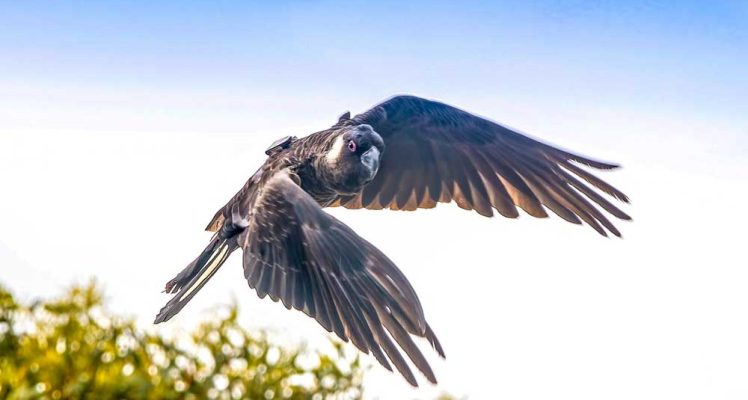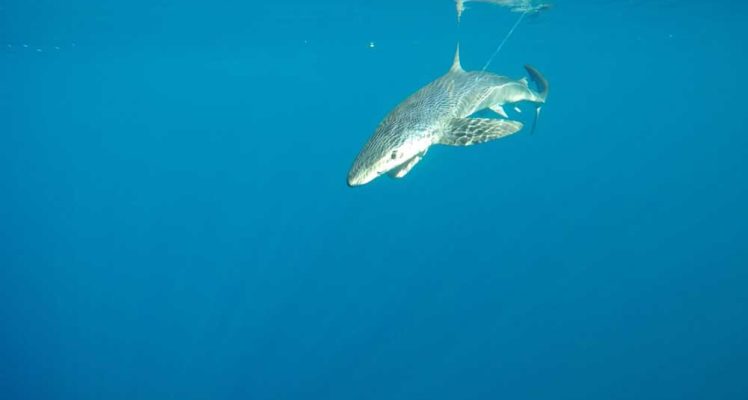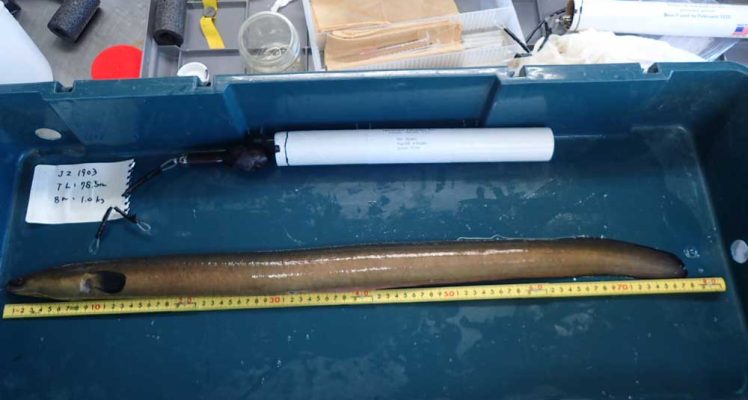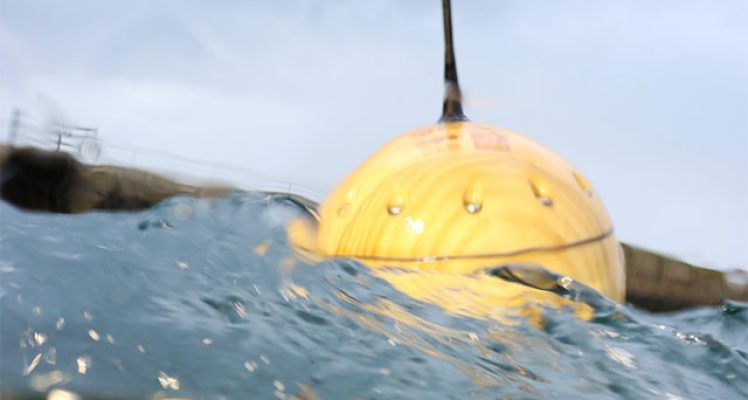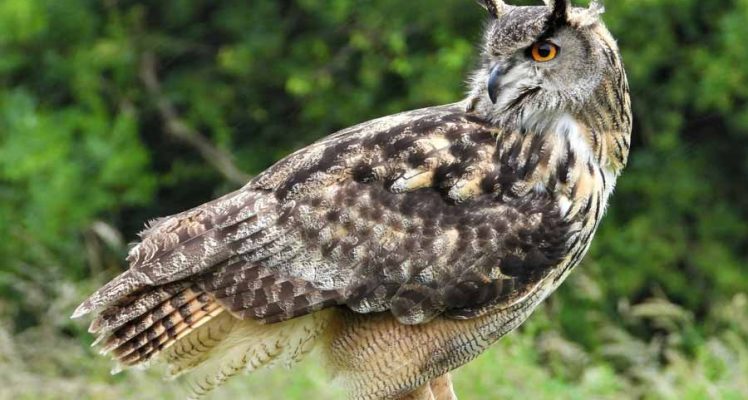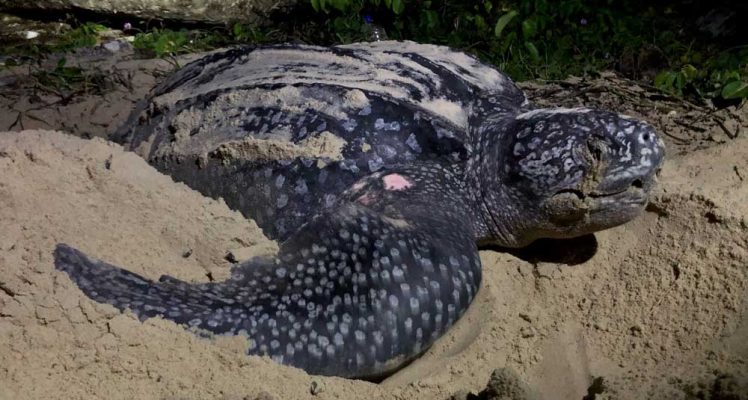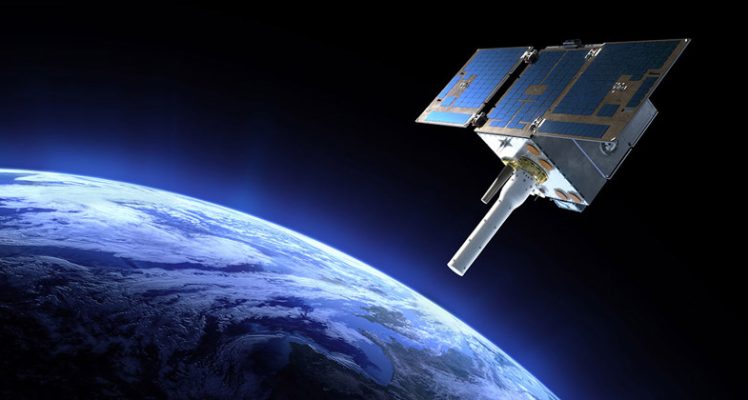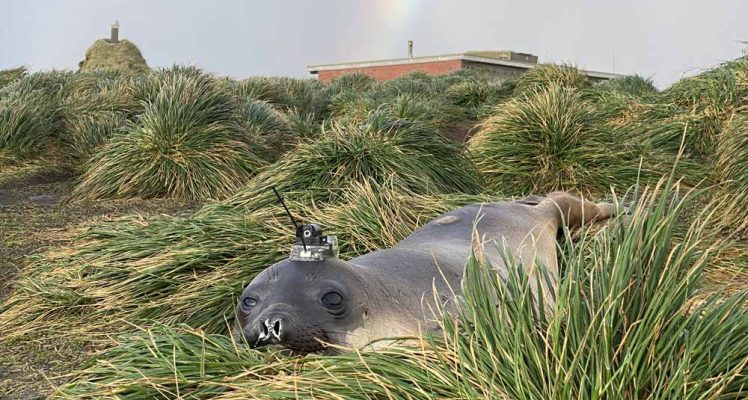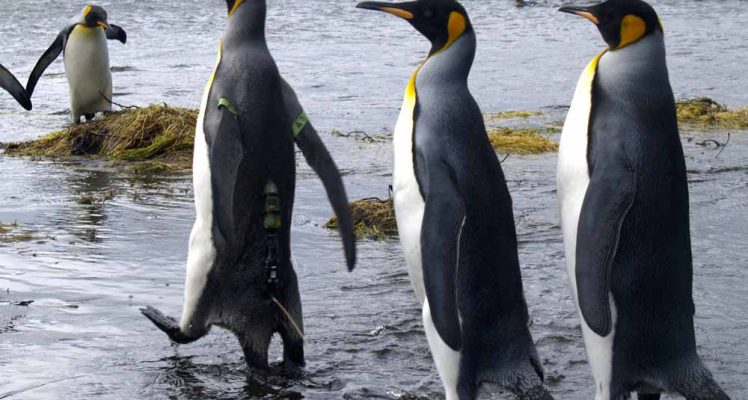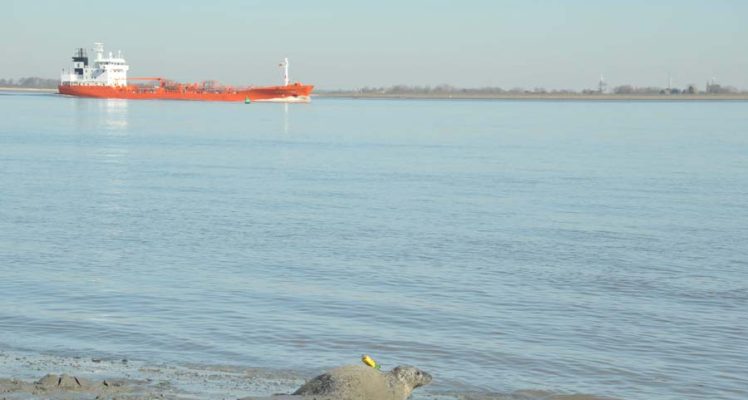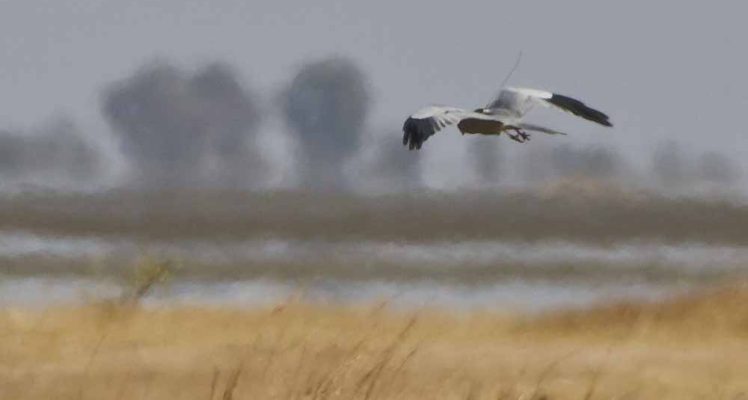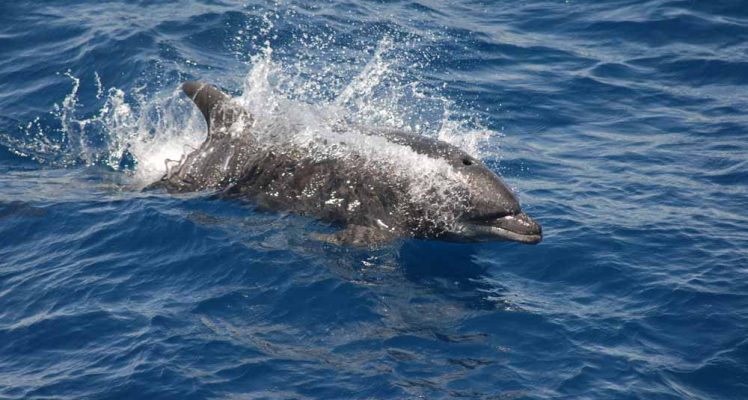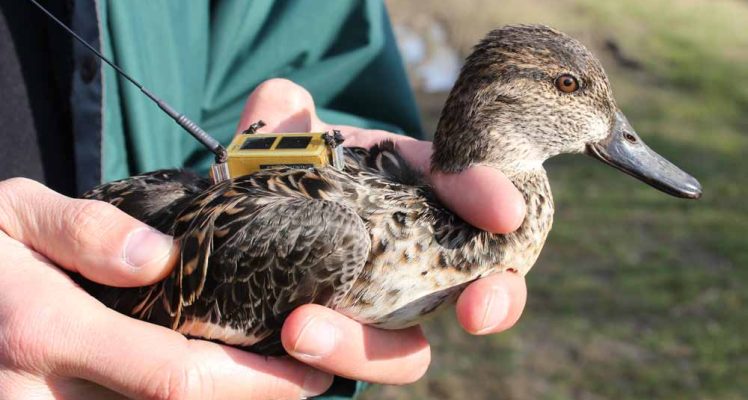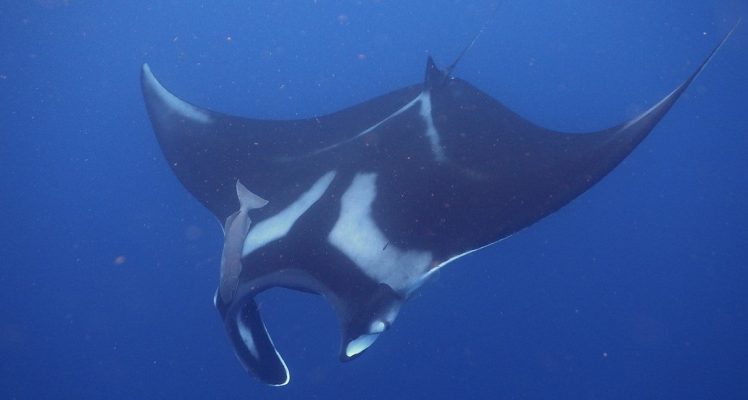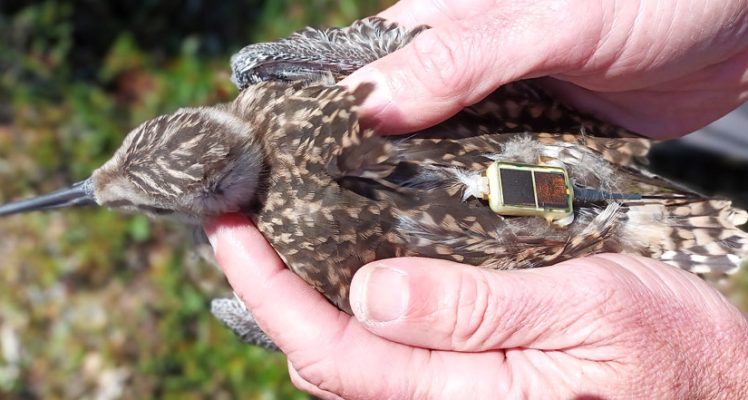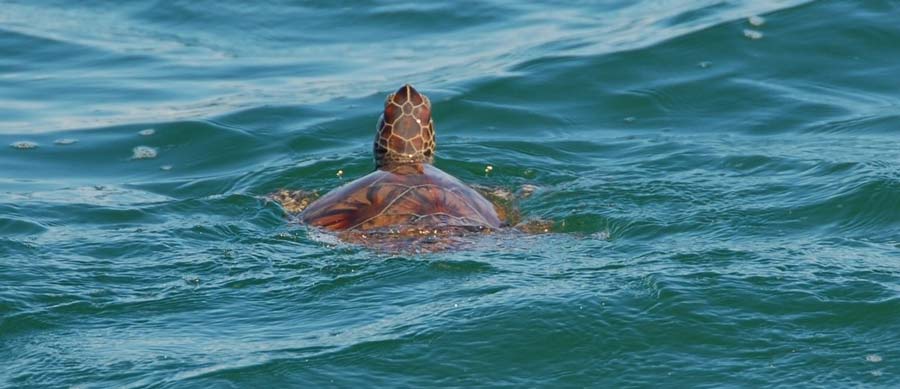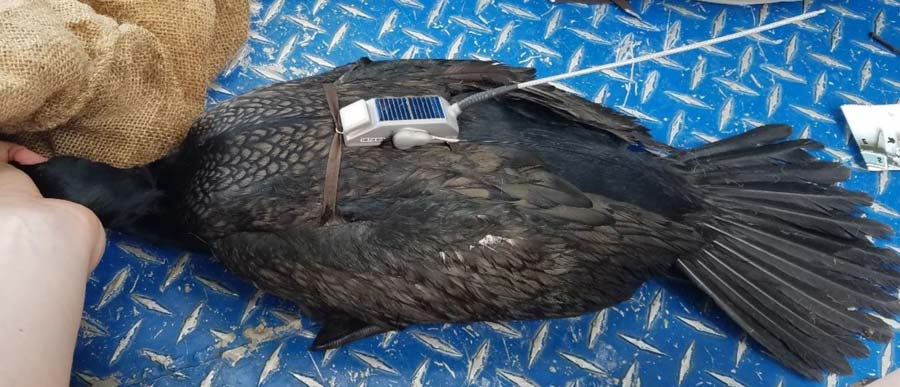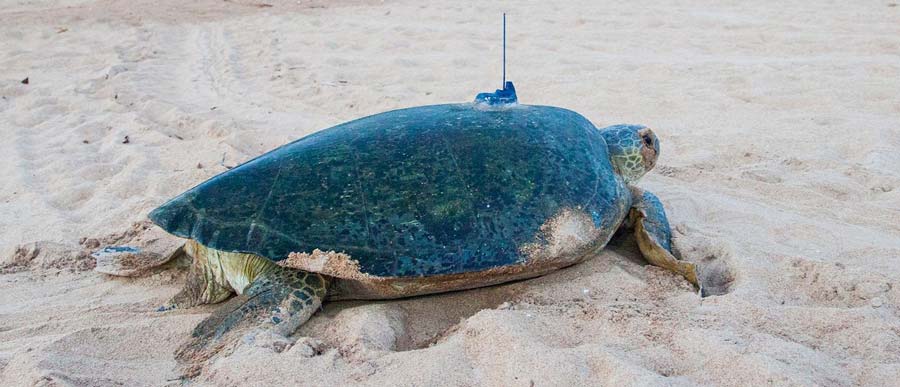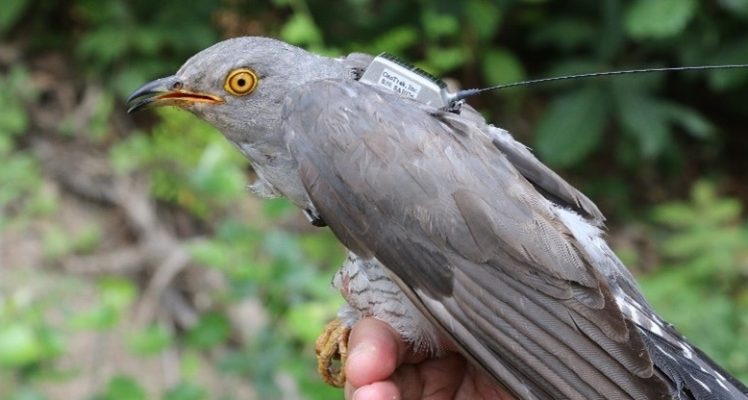Boost Your Herd Management with Smart Solutions: Meet Us at IUCN
Meet our team at IUCN 2025 We are presenting our Smart Herd Management Solution at the IUCN World Conservation Congress in Abu Dhabi, UAE, this October. Join us at the French Pavillion and our booth...
Camel Herding in a Changing World: Managing Growth, Mobility and Risk Across Borders
In many regions of the world, especially in the Middle East, North Africa, and parts of Asia, camels are more than animals, they are a symbol of resilience and survival. For centuries, they have...
Tracking Hammerhead Sharks with Argos Services
With their unique hammer-shaped heads and sleek, powerful bodies, hammerhead sharks are among the most recognizable predators in the ocean. But behind their striking appearance lies a troubling...
Rethinking Ice Research with Wooden Buoys
In partnership with the renowned Wooden Boat Centre in Tasmania, CLS, via our subsidiary CLS Oceania, is pioneering a new generation of oceanographic drifting buoys made from wood. Why wood? It's...
Argos Services for Wildlife Conservation
Welcome to this edition of our wildlife newsletter. In this issue, we highlight an innovative project in Africa that harnesses satellite technology to reduce human-wildlife conflict, protecting both livestock and predators.
Human-Wildlife Conflict Efforts Expanded with Argos
In South Africa, the savannah tells a complex story, where humans, livestock, and wildlife share space, but not always peacefully. Our work with the Endangered Wildlife Trust (EWT) has been...
New Global Initiative to Map Blue Corridors for Turtles
A new WWF-coordinated initiative called Blue Corridors for Turtles aims to close critical gaps in marine turtle and ocean conservation. Launched on World Sea Turtle Day, this multi-partner...
From Space to Savannah: Argos Services Prevent Conflict between Cattle and Carnivores
In South Africa, many livestock farmers live close to protected nature reserves. When cattle wander into these areas, they are at risk of being attacked by wild predators such as lions, leopards, or...
A New Era of Argos Smart Environmental Solutions
Back in 2018, Kinéis, the brainchild of CNES and CLS, was created with one objective: revolutionizing the first space IoT dedicated to the environment. Now, the adventure has come full orbit thanks...
Recovery of a Satellite Tag Advances Bluefin Tuna Conservation
In an extraordinary achievement, an Argos satellite tag deployed on a bluefin tuna was recovered after 385 days of tracking, marking a significant milestone in marine conservation efforts. Thanks to...
Argos Services Enhanced with 4th Successful Launch of 5 Nanosats
We are excited to share that our Space IoT partner Kinéis and their launcher Rocket Lab have successfully launched another 5 nanosats for the fourth time. The addition of these state-of-the-art...
A Third Milestone for Argos Services: Successful Launch of 5 More IoT Nanosats
Congratulations to our Space IoT partner Kinéis and their launcher Rocket Lab on the third successful launch of 5 more nanosatellites. With these additional satellites now in orbit, the...
Climate change could make whale sharks more vulnerable to shipping threats
Whale sharks are among the world’s most emblematic and vulnerable species, living in the warm oceans of the tropics. In future, climate change could reshuffle their habitats, potentially also...
Join us at the Society for Marine Mammology Conference
For the first time in its 50+ year history, the Society for Marine Mammalogy will convene in Australia. This November 11th - 15th, the SMM 2024 Biennial Conference in Perth, Western Australia, will...
Discover The Future of Farming: Argos Smart Herding Solution
As the agricultural sector continues to evolve in response to modern challenges, the integration of smart technologies has emerged as a game-changer, particularly in livestock management. Among...
Tracking Wildlife and Protecting Oceans: Oliver Palin’s Work with CLS Oceania
As a passionate environmental scientist and technical expert, Oliver Palin is at the forefront of data-driven environmental management at CLS Oceania. With a strong background in Marine Science and...
ANGELS concludes its mission
ANGELS, France’s first industrial nanosatellite, will be decommissioned on December 18, 2024, exactly five years after its launch in December 2019. Initially designed with a two-year lifespan,...
Another 5 New IoT Satellites for Your Argos Solutions
Well done to Kinéis, our space IoT partner, and Rocket Lab, their launcher, for this second successful launch! A few hours ago another five nanosatellites were placed in orbit, joining the first...
Pygmy blue whales around Australia
Pygmy blue whales are migratory whales of the Southern hemisphere. Their migration leads them into areas where they can be threaten by anthropogenic activities. Argos satellite telemetry can help in...
Fin Whales from the Gulf of St Lawrence
Fin whales are a large species of whale, which behaviour and stocks are still uncertain. Tracking them using Argos telemetry tags enables to better assess...
Argos Services and Smart Agriculture: A Solution to South Africa’s Water Crisis
South African agriculture is anticipated to face a 17% water shortfall by 2030, creating a significant challenge for the industry. Neville Boorman, an expert in smart agriculture and IoT Farming at...
Tracking a Sunfish in the Mediterranean Sea
Sunfish is a strange creature roaming the temperate and tropical oceans throughout the world, including in the Mediterranean Sea. Tracking it using pop-up archival tags can help in better understand...
A Bearded Vulture Tracked for 14 years
Bearded vultures are essential to the ecosystems they inhabit. This threatened species has been monitored for a better understanding and protection in the Pyrenees mountains for about 30 years now....
Argos Solutions Are Getting a Boost
Congratulations to our Space IoT partner, Kinéis, and their launcher Rocket Lab for this evening’s successful launch! Today, the first five of a planned constellation of 25 nanosatellites are in...
New Generation of Argos Services are on Their Way With the 1st Launch of the Kineis Constellation on the 20th of June!
Kinéis, our Space IoT partner, has announced that it, along with RocketLab, will launch the first five nanosatellites carrying new generation IoT payloads for Argos Services. Due to unfavorable...
Using Micro-Satellite Tags to Track Tiny Sea Turtles
Upwell works to better understand how sea turtles use different marine environments at various life history stages in order to reduce the threats they face at sea. However, collecting data on a...
Where Do Emperor Penguins Moult in West Antarctica?
Moult is a challenging phase in the annual cycle of emperor penguins. It is a time when they must haul out of the ocean, cease eating and rely on their energy reserves whilst their feathers are...
New Generation Argos Services Live Launch
Kinéis, our Space IoT partner, along with RocketLab, is launching the first five nanosatellites carrying IoT payloads for Argos services. Due to unfavorable weather, the Kinéis launch planned for...
Estimating Where Pop-Up Tags Surfaced to Better Track Bering Sea Crabs
Red king crabs can be tracked using pop-up tags which release and surface after a scheduled time. However, once at the surface, they may not be located immediately, which introduces an important...
Red Phalaropes: Their Migratory Routes and Behaviors with Argos
Red phalaropes are migratory birds breeding in the North American continent and wintering in pelagic regions of the Atlantic and Pacific oceans from northern California to Peru/Chile. Argos helps to...
Harbour porpoises in the Wadden Sea
Some marine areas, such as the Wadden Sea, along the North Sea coasts of Denmark, Germany and the Netherlands, are of special interest. Among the species found there, the harbour porpoises are...
CLS Leading the Transition to Sustainable Ocean Tech
Last year we unveiled the wooden buoy, a CLS innovation, that aims to reshape In Situ Ocean Monitoring. Part of an ongoing project to develop an eco-friendly way of gathering vital metocean data,...
Guillemots chicks swim with their fathers in the currents
Guillemots are seabirds with an original departure from the nest. Once on the sea, they migrate with their father to autumn staging areas. Argos satellite telemetry helps in better understand this...
Animal Telemetry Network: Understanding Marine Life movement
Instrumenting animals with transmitters has been done for a number of years, in particular using the ARGOS satellite system, to gain knowledge on their ecology, assess species vulnerability to...
Flatback turtles tracked to identify foraging areas and their variability within the species
Flatback turtles are marine turtles endemic to the Australian continental shelf. Few information is available on them, which hinder conservation measures. Satellite tracking and stable isotope...
Using Argos to Decide Conservation Measures to Protect Andean Flamingos
Andean Flamingos are wetland birds that move between high-altitude Andean and lowland wetlands. They are the rarest of all flamingo species, and most of their life cycle is not well known. Using...
Walruses in Franz Josef Land archipelago
Walruses are large marine mammal living around the Arctic Ocean. The population from Franz Josef Land archipelago has scarcely been studied while being important component of their ecosystem. Argos...
CLS Is Exhibiting At Oceanology International 2024
CLS group is, as usual, taking part in the world's largest Ocean Technology & Science event this March. Join us at ExCel London between 12-14 March to discover our ocean technology innovations...
Canola, a mixed blessing for Carnaby’s cockatoos?
Carnaby's cockatoos are endangered parrots, endemic to the south-west of Western Australia. They are beginning to feed on canola crops, which might be interesting for their survival – or not. Argos...
Argos satellite system launch announced
You already know that back in 2018, CLS created Kinéis with one goal: transform the Argos satellite system and deploy an unparalleled connectivity that is near real-time, universal, and with a...
Blue sharks in the Western Mediterranean Sea
Blue sharks are threatened - as most shark species. However, basic information on the species in the Mediterranean are missing - population, habitat, migration… -- while this sea is specific,...
Tracking Japanese eels with Argos tags
Japanese eels’ populations are declining, while their life cycle is not well-known. Part of the questions are similar to those asked for the European eels, but geography, the current and the species...
WaterSIM: Digitizing Water Resilience
Water is an essential resource to everyone on Earth. However, according to UNESCO, between 2-3 billion people worldwide experience water shortages. These shortages will only get worse over the...
CLS’ Buoyant Innovations: The Wooden Drifters Reshaping Ocean Monitoring
Drifting buoys such as those in the Global Drifter Program make significant contributions to weather forecasting, climate studies & marine studies. Additionally, they support scientific research...
Eagle-Owls Perching on Powerlines
Eurasian eagle-owls are the largest owl in the world, found in a large range of different environments. They usually perche on high lookout-points, electric poles included, which is a high risk for...
Leatherback Turtles Nesting in Equatorial Guinea
Tracking leatherback turtles can help in protecting them at both a local scale, close to their nesting beach, and a basin-scale, when they migrate. The population from the Gulf of Guinea is...
Debbie Stakem: A 32-Year Journey with Argos
An enhanced global system like Argos requires an enhanced global support team and, with its 30 different sites around the world, CLS is proud to have an excellent international userservices team....
Seals Help in Assessing the Bathymetry Around Antarctica
Southern Ocean seals are frequently tracked marine animals. They thus provide a lot of environmental data on an otherwise poorly observed ocean. This includes bathymetry of the Antarctica...
Understanding Catastrophic Breeding Seasons in a Large Colony of King Penguins
King penguins breed on a few colonies spread around the Southern Ocean. Some years are more successful than others in that respect, and understanding why could help in protecting such threatened...
Assessing Exposure of Harbour Seals to Maritime Traffic Noises
Harbour seals living in the North Sea are exposed to a heavy ship traffic. New Argos archival tags enable to record ambient sounds, so that noise exposures can be quantified at the seals’ level. A...
Montagu’s Harriers Are Itinerant During Their Wintering in Africa
Montagu's harriers are migratory raptors wintering in Africa from Europe. However, once there and as many migrant birds, they do not stay at the same place during the whole winter, but move from...
How Deep Are Bottlenose Dolphins Diving?
Bottlenose dolphins have been studied more in shallow waters than in deep ones. However, they do live in deep waters, for example around the Bermuda Island. Monitoring their diving behavior there...
Dive Into the Cutting-Edge Argos-4 Services Starting On July 10th!
Unleash the Power of the 4th Argos Generation Experience a New Era of Excellence! Here we are: Gazelle and Ocean-Sat-3 are now fully operational and will be ready for you to use on the 10th of July!...
What Triggers Eurasian Teals’ Migrations?
Eurasian teals are migratory ducks. A behavioral aspect still unknown for this species is the effect of environmental cues on triggering departure for migration and departure from stopover sites...
Oceanic Manta Rays in the Eastern Atlantic
Oceanic manta rays are found around the tropical open oceans. Their presence and behaviour in the East of the Atlantic Ocean was poorly known, and has been investigated using Argos satellite...
The longest non-stop flight ever recorded for a landbird
On 11 July 2022, in the grassy tundra northwest of Nome, Alaska, biologists Jesse Conklin and Dan Ruthrauff had found a brood of Bar-tailed Godwits. They fitted each of the three small chicks with a...
Turtles in a Hurricane
Turtles in the Gulf of Mexico experience major hurricanes. How they respond to such extreme events is a puzzle whose answers would contribute to the conservation of these threatened and endangered...
Double-Crested Cormorants Nesting in a Small Reservoir
Water birds need specific environments, but may use new areas. Double-crested cormorants are now nesting in the South-East of USA, including on small reservoirs, not only in the Great Lake system....
Green Turtles’ Uses of Marine Protected Areas on the West African Coasts
Green turtles are found along the West African upwelling. A network of Marine Protected Areas has been established during the past 25 years. Its efficiency towards protecting green turtles can be...
Cuckoos’ Migration From South Korea to the South of Africa
Common cuckoos are found in Eurasia, from Europe to Korea. All over the continent, they migrate to Africa, while they parasite different birds’ nests. Tracking them using Argos helps understand the...

